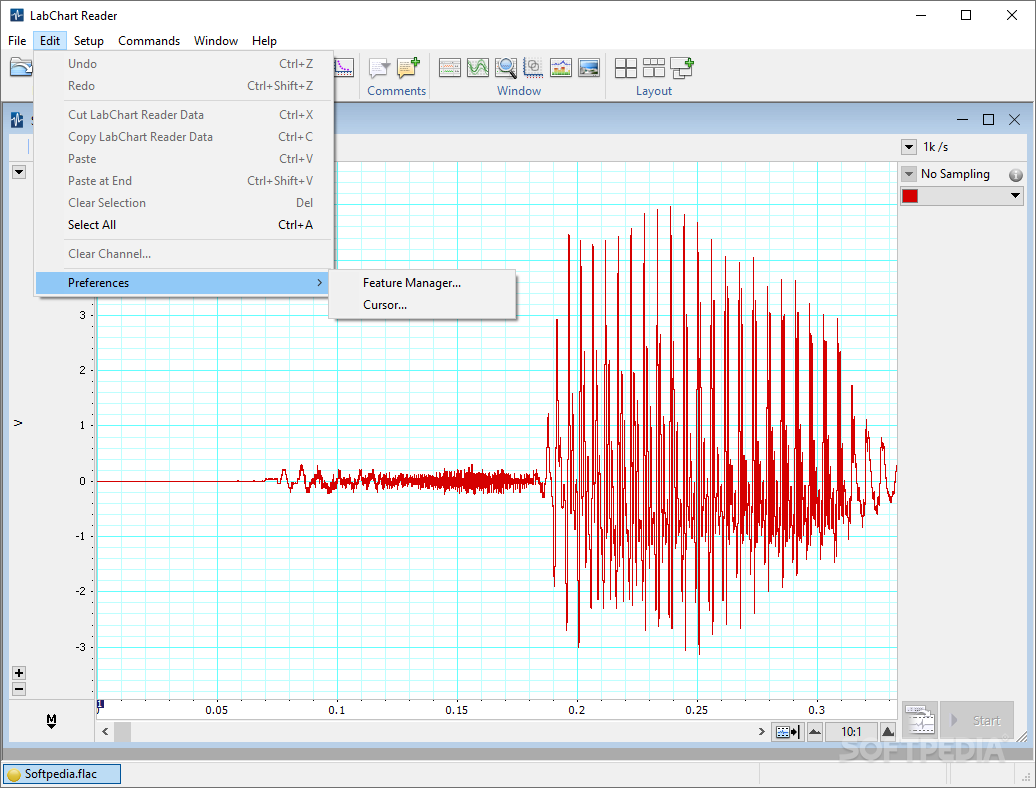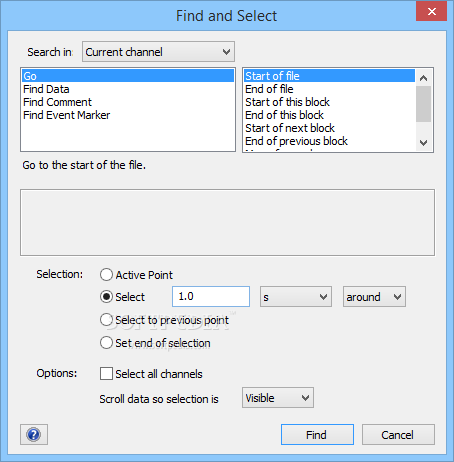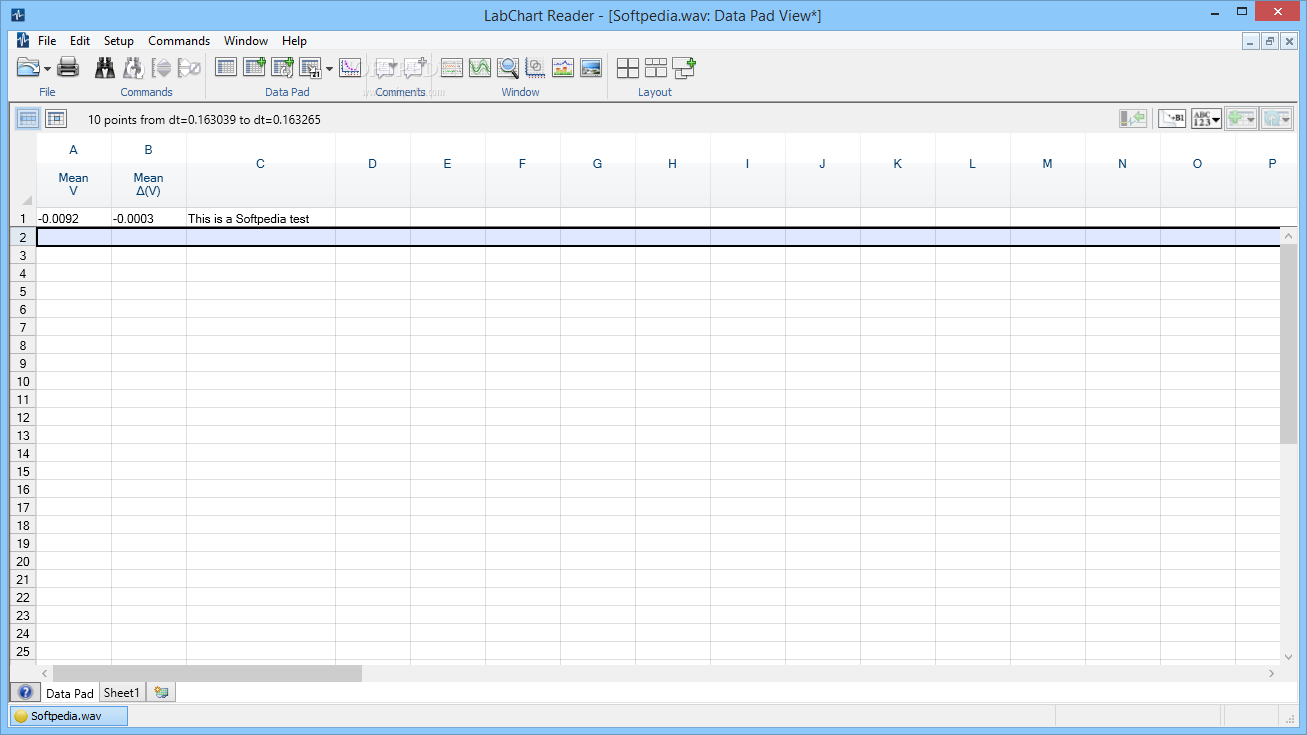
Empty channels will be skipped over to keep the size small and increase Stepping through the channels, then through the blocks. The data start and end positions of each block and channel in the Data VectorĪre contained in separate matrices called " datastart" and " dataend". For example, the start and end points of Channel 1 in Block 2 areĭatastart(1, 2) and dataend(1, 2), which can be used to extract the data in MATLAB using: Because columns represent blocks and rows represent channels, each block and channel can be addressed in theĭata vector. Numsamples = dataend(j,i) – datastart(j,i) +Įmpty channels in a block will be skipped over and have " datastart" and " dataend" for the example in the figureĪbove, data(501) and data(550) are the first and last data point of this The indices refer to closed intervals, i.e.

Values that don’t refer to an available index. By design, the last entry in " dataend" will be For an empty channel, datastart =ĭataend = -1.

The vector "blocktimes" is a row vector thatĬontains the time of day at which the first sample in each block was recorded." blocktimes" is saved in MATLAB's preferred format, as a serial date number. To the first sample in the selection, and then the first sample of every In the case that only a selection is exported to MATLAB, " blocktimes" refers Other time parameters, such as time of day and date can be derived for eachĭata point using the tick or sample rate.

Subsequent block in the selection, if the selection spans multiple blocks. " blocktimes" is not actively used by the LabChart.m file. In the " samplerate" matrix in units of samples per The sampling rate of each block and channel in the Data Vector are contained The vector "tickrate" is a column vector containing the tick rate (maximum sample rate) of each block. The " unittextmap" matrix contains indices that Empty channels in a block will have a sampling rate of 0. Refer to the content of the " unittext" vector. Where units across blocks are the same, each string is only exported once. The dimensions of the " unittextmap" matrix are the same as " datastart" or " dataend" – it has the dimensions of ‘number of channels’ by ‘number of blocks’. NOTE: that a displayed unit of ‘ mV’ will be shown as ‘V’ – all units are exported in base units (i.e. Empty channels in a block will have -1 in the " unittextmap" maxtrix. The " titles" vector is a column vector containing strings of each Channel name. Vector are contained in the " rangemin" matrix and The Range Min/Max of each block and channel in the Data Empty channels will still have a channel title.

The " rangemax" matrix in the same units as defined Empty channels in a block will have range values of 0. LabChart.m converts the 16-bit data into the Chart View units, by adding the " scaleoffset" to the data or range, and then The Scale Units/Offset of each block and channel in the Data Vector areĬontained in the " scaleunits" matrix and the " scaleoffset" matrix. Empty channels in a block will have scaleunits Multiplying with the appropriate " scaleunits"įactor. Information about comments is conveyed in the " com" matrix and the " comtext" column vector. The " com" matrix has the dimension of ‘number of comments’ by five. Each comment corresponds to one row in the matrix and they are sorted by time from start of file or selection.Ĭomment Text Map : The " ComTextMap" column of the com matrix contains indices that refer to entries in the column vector " comtext".


 0 kommentar(er)
0 kommentar(er)
